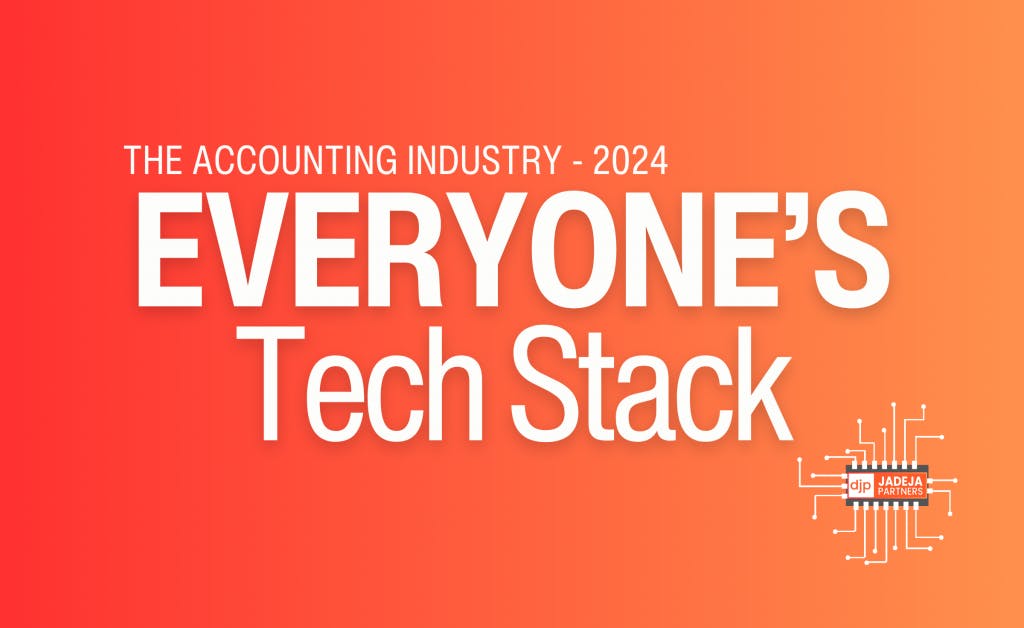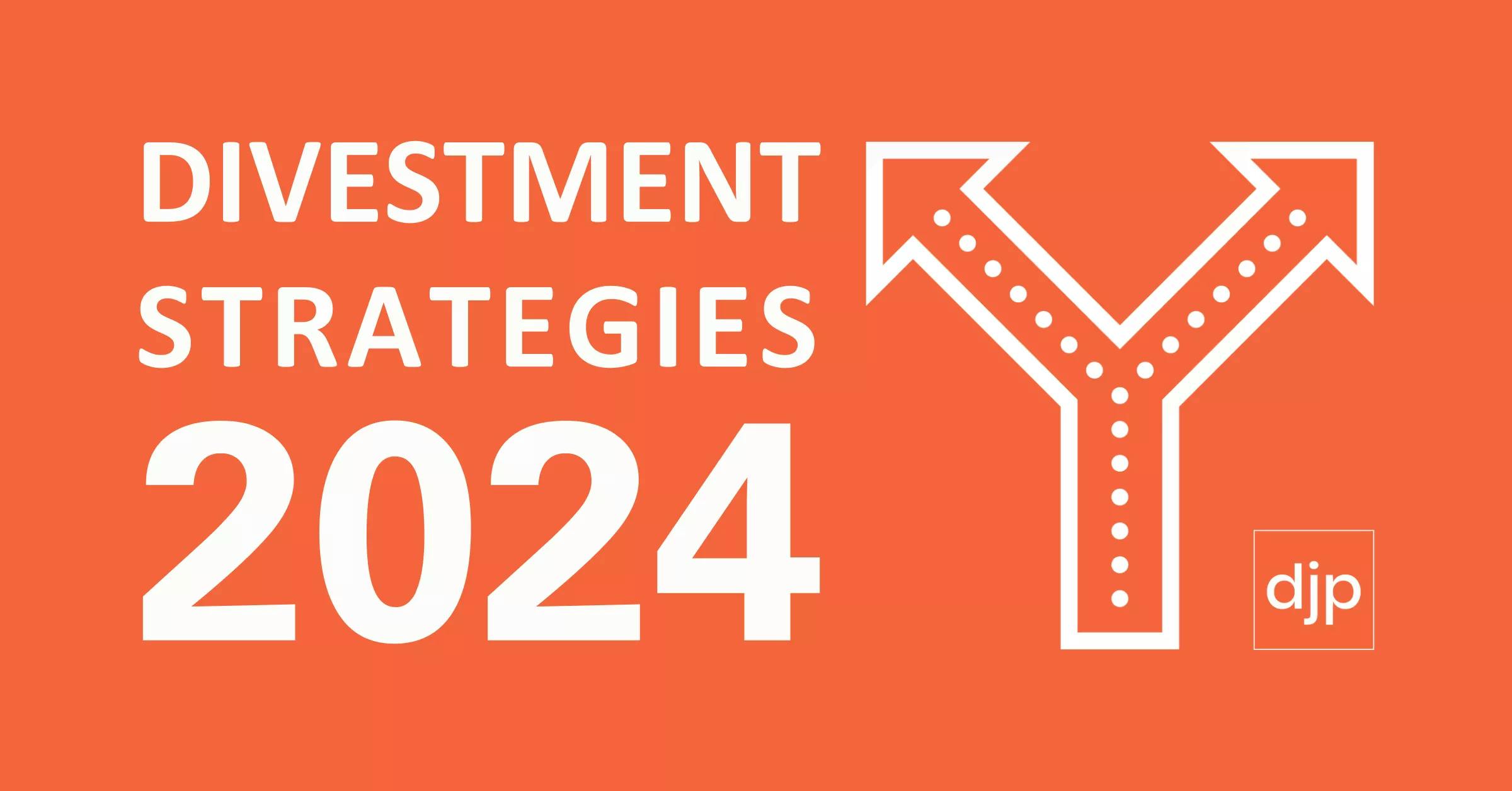Catching the Wave … or Not #1
What’s Changing? Everything!
At Jadeja Partners we’re always interested in trying to find out where the Accounting profession may be going. This always involves talking to a wide range of people with a wide range of views and insights.
Recently we conducted a series of discussions with Craig Henshaw, the Principal of Merger Transition Management (MTM). Whilst we don’t necessarily agree with all Craig’s views, we thought the exchange was worth recording and sharing with you.
Jadeja Partners (JP): Thanks for your time today, Craig. You’ve suggested that we call this series of conversations: “Catching the wave … or not”, why?
Merger Transition Management (MTM): Whenever there is a wave of fundamental change in an industry (or all industries – as is the case now) people and organisations in that industry naturally gravitate into one of the three categories that my mentor, John Peryman, described to me 30 years ago: those that make things happen; those that watch things happen; and those that wonder what happened.
JP: Is there anything wrong with being any one of those three?
MTM: Well, the obvious answer is that ‘wondering what happened’ indicates a lack of control; an inability to invent, protect and nurture the future you want for yourself and those you care about most deeply.
JP: That sounds very serious and emotive – do you really see it that way? Are the current changes really that fundamental and far-reaching?
MTM: I believe they are. When you look at the waves of change already impacting the Public Practice Accounting (PPA) industry it’s difficult to see it as anything less than a tectonic shift. The macro shifts include changes to technology, market dynamics and business models, increasing amounts and types of regulation, and the extraordinary generational transition of the ‘baby boomer bulge’.
JP: Can you give us some specific examples of changes that apply to the PPA industry?
MTM: Let’s look at two of the biggest change factors: the not-so-slow decline of ‘Compliance Accounting’ as the ‘fixed costs bedrock’ of Practices; and the (related) issue of the need for the rise of the Accountant as a genuine ‘Business Adviser’, particularly to SMEs.
The Decline of Compliance Accounting
After hundreds of years of making good revenue at reasonable margins from ‘Compliance Accounting’, the increasing penetration of online subscription-based ‘DIY’ accounting systems such as Xero is structurally and permanently reducing this important recurrent revenue stream for Public Practice Accountants. A further reduction is being driven by consumer-targeted Tax and other online systems from organisations such as the ATO.
Whilst this revenue source is very unlikely to completely dry up any time soon, it’s traditional place as the reliable ‘fixed cost feeder’ of many Practices is coming under increasing pressure; in terms of both volume of revenue and margin. Practice Heads who intend to continue (rather than sell and exit) need to carry out some scenario planning on what this change (and the others we’ll discuss) mean for their businesses, their livelihoods and the continuing employment of their staffs.
The PPA Practitioner as genuine ‘Business Advisor’
What is ‘business advisory’? If you refer to Regulation 7.1.29(3) (c) associated with the Corporations Act you’ll find that professional Accountants have exemptions with regard to providing advice for most activities associated with setting up, administering and selling a business, including the management of business risks. But is this the limit of what clients think ‘business advisory’ means? Is it the full scope of ‘business advisory’ they’d like? Are Practices structured to profitably provide these and other business advisory services?
With reference to your best clients – larger and rapidly growing SMEs – what happens when they need to start the ‘business maturity’ journey that may eventually lead to listing? What about the massive changes to corporate culture and operations sophistication involved in the move to predictable, documented and disciplined processes (e.g. adopting ISO 9000 or equivalent standards), or the changeover to an ‘enterprise-grade’ financial system? Yes, of course you can help them with the Financial Due Diligence for an acquisition or merger, but what about the Negotiations and the subsequent Merger Integration?
How can you structure your business to either deliver (or not deliver) these core ‘business advisory’ services? The necessary changes under either option to achieve sustainable profitable revenue are very challenging.
JP: Are there any other areas of major change that you think are impacting the PPA industry?
MTM: I think there are a number of other significant and structural threats that need to be addressed. Most of these are well known, but when you add them all up and look at the potential impacts on the industry and individual Practices, I think there is definitely a need for Practice Principals to pause and take stock.
The Repeal of the Licensing Exemption
Unless there is an extension beforehand, from 1 July 2016 Accountants providing advice – even just regarding the establishment or winding up of an SMSF – will be required to have their own Australian Financial Services License (AFSL) or to be an ‘Authorised Representative’ on somebody else’s AFSL or establish a compliant Referral arrangement or merge/JV with a Financial Planning company and integrate processes, client lists, and staffs.
The new regime, often referred to as ‘Limited Licensing’, involves the repealing of Regulation 7.1.29A associated with the Corporations Act, resulting in Practices being required to be licensed in the same way as financial planners when they provide financial advice as defined under the Act.
The obvious implication of this is added layers of complexity, cost and risk in the operation of the Practice for those who have not already made the changes required. Importantly, it also has the potential to add more and higher margin revenue and an even closer relationships between clients and their Accountants.
The Coming Crunch to the SMSF Audit
Recently, someone told me that this ‘elephant in the room’ is no more – I certainly hope so. In any event, I think it is an issue that needs addressing; if only to formally dismiss it.
For some years, I have been expecting the ATO to start policing the very well-known conflicts-of-interest that have existed where the same Accounting Practice carries out both the SMSF Administration and the Audit.
Whilst many will claim that there are genuinely defensible ‘Chinese walls’ around these situations, it will only take one heavily reported incidence for the political masters of the ATO to close down this practice.
For some practitioners, this represents a major threat to one of the few sources of genuinely high margin revenue; most SMSF audits are straightforward (i.e. take little time) and are often charged at up to $500 or more per audit. Practices that are doing both Administration and Audit need to carefully consider whether this is sustainable and good risk management in the short to medium term – particularly in the context where a number of the larger specialist SMSF Auditors are structurally driving the audit fees down.
Big 4 Creep
Make no mistake: they’re coming after your best clients.
Strategically, the Big 4 Accountancy groups have to diversify their businesses if they are to continue to grow their revenue and profit. Whilst they are doing a range of things to achieve this, one of the most threatening to smaller Practices is the attention and efforts they are now putting into securing the best of your natural clients: the larger, rapidly growing SMEs.
This raises the question: How can we compete effectively against their budgets, their resources and their brand awareness?
Generational Change/Succession Planning
Of course another factor is generational change and the prospect of leaving all this structural change to the next generation. If you’re a Practice Owner or Partner and you’re over 50 the chances are that you’ve already spent some time thinking about this one.
The difficult reality of the ‘baby boomer bulge’ is that there is a steadily increasing number of businesses of all types coming on to the market, as their owners get ready for the very comfortable retirements (and important legacies) they have been hoping to organise. This is where supply and demand takes over: in a market with many assets available, price naturally comes under pressure. Unfortunately for some, particularly the unprepared, hope may be as far as it goes.
This drives a number of key questions: Are there any prospective buyers for my business? Why will they buy mine instead of another one? Why will they pay the premium for the business that will secure the retirement and legacy I want? Are the prospective buyers within or without? What have I done to prepare for this change? Do I need expert help in getting the most from this critical change?
Of course in the interim, Generational Change and Success Planning can also provide significant opportunities for Practices.
JP: You seem to have a very gloomy outlook on the industry. Do you?
MTM: No. On the contrary, I see a number of related and unrelated opportunities that the current wave of change is presenting to Practice Principals. Things like:
The Rise & Rise of SMSFs
There are now more than 540,000 SMSFs with more than $550 billion of FUM and more than 1.1 million members. These numbers emphasise the importance of the ‘Limited Licensing’ issue in relation to Advice, and the implications for even greater client engagement.
With AMP now the largest Administrator in the SMSF segment (they are reputed to have some 19,000 funds under 6 separate brands) and with a 5 year goal to have 70,000 funds, they represent a significant risk in terms of the other relationship services that have traditionally been supplied to SMEs by Public Practice Accountants. Perhaps more importantly, it represents a significant threat to the diversification opportunities for Practices.
An important distinction in this area is that the Practice does not necessarily need to carry out the SMSF Administration (or even the Audit) themselves in order to maintain or deepen the relationship with their clients A number of the well-established and reputable specialist SMSF Administrators have mature ‘white-label’ solutions that enable your Practice to continue to be seen as the provider.
Similarly, there are a number of experienced and reputable Outsourcers who are able to take some or all of the very low margin processing work out of your office and deliver it back at a lower cost than many Practices can deliver it themselves. This obviously provides the opportunity to free up staff and Partners for higher-margin, higher relationship-value work.
By taking a strong position on what is a critical element of many clients’ financial and retirement planning, Accounting Practices that put ‘limited licensing’ arrangements in place can continue to use this much-in-demand service. It will have the effect of binding the clients more closely and ‘disarming’ some of the impact of large players such as AMP and Financial Index.
The Continuing Rise of the Accountant/Planner
It is axiomatic that a properly formulated financial plan cannot be created without the Planner having a very firm understanding of (or seamless access to) Taxation knowledge generally, and the implications of this knowledge to the particular situation of the client involved. Indeed, one could argue that this seems to be an inexplicable blind spot in the regulations and legislation around Financial Planning.
Leaving that aside, the trend for Accountancy Practices to also be Financial Planning Practices (and vice versa) is continuing to gather pace; for many it is a necessary part of what they see as the evolving business model. Certainly from a client’s perspective, the prima facie attraction of an expert and trusted adviser who is competent, qualified and licensed for both areas is obvious: integrated advice in a trusted ‘one-stop-shop’ advice environment.
Happily, if your Practice wants to make this change there a number of pathways to getting there (see The Repeal of the Licensing Exemption above).
Generational Change/Succession Planning
Of course Generational Change and Success Planning also provides significant opportunities for Practices.
These issues are usually seen by clients affected by them as fundamental (both personally and commercially) and often carry significant emotional baggage. This can provide Practitioners with a significant and differentiated opportunity: significant because of the stakes involved and differentiated because it almost always involves the need for trust.
Trust
The Financial Planning industry has dropped the ball: in a marketplace that is hungry to trust, that industry and some of the key players in it have repeatedly demonstrated that they are not trustworthy.
Even where individual Advisers are trustworthy (and there are many of them) often their employers or Licensees are major institutions who have ‘stacked’ their Approved Product Lists (APLs) with related party products; seriously undermining the concept of ‘independence’. Indeed, there is material evidence that clients’ investment portfolios that have been constructed through these Licensees have much higher proportions of related party products than other portfolios.
Clearly, whether or not you choose to go down the financial planning route, the demonstrable and widely held doubt regarding the trustworthiness of institutionally-aligned planners and financial institutions generally. This ‘trust advantage’ gives you a very strong sustainable competitive advantage in defending your existing client base and adding to it.
Competing Effectively
With all of this fundamental change simultaneously crashing into Accounting Practices, how can they successfully compete into the future? As with any kind of business, the answer often involves ‘turning the telescope around’ and looking at our businesses from the perspective of our clients: What do they value about us? Do we have any ‘sustainable competitive advantages’ over our competitors? Who are our most dangerous competitors: Deloitte or Xero, Google or AMP? There may be the start of some answers below.
Genuinely Independent Financial Planning Advice with Genuinely Integrated Tax Advice
What a combination!
It may not be an unassailable competitive advantage, but the best clients will be looking for these criteria because their needs are typically getting bigger and more complex. What they don’t need is to have to worry whether the advice (including product recommendation s) is genuinely independent or whether the tax implications have been properly addressed by someone who is qualified to do it.
Its important to note that genuine independence in this context may involve getting specialists in to advise on particular aspects of the portfolio and/or more esoteric elements of tax. Doing such things adds to the value that clients will perceive you bring to their core financial needs.
Building the New Business Model
In an environment of significant structural change, businesses have little choice but to re-examine and modify – and in some cases completely reinvent – their business models.
Given the factors examined above there are a number of areas that appear to require close review. Some of these are summarised below (and will be covered in more detail in the next article in this series). They are:
- Going Up the Food Chain – Combining Trust with Business Advisory Services
- Get Ultra Efficient or Get Niche – a Lesson from Michael Porter
- In-House or Outsource? – Trust your Relationship Skills
- Choose Your Targets – a Lesson from Philip Kotler
Delivering Business Advisory
Once you’re confident that you can successfully deliver the set of Business Advisory services you’ve decided to offer, you need to make sure that your clients (particularly your good clients) are aware of the offering.
Ideally this will be communicated to them via regular newsletters, seminars to which you invite them, inclusion in your website and blogs, or even a full blown ‘product launch’ with a local politician or other notable.
To ensure maximum reach, you should also include key local ‘influencers’ such as Bank Managers, Lawyers and heads of Chambers of Commerce.
Some People Call it Business Development
Other people call it selling.
Most people, including most Accountants, don’t like selling and so its often referred to as ‘business development’. What do I hear you saying: But business development is much more complex than just selling. Yes it is, and that’s where the term: marketing came from.
However you want to dress it up, the old saying still applies: nothing happens until someone sells something. So the more comfortable and better you and your key staff can get at selling, the better off you’ll be. What are your skills and comfort level with selling? Who are the ‘rainmakers’ in your business and how are you helping them succeed?
Why do People Buy Accounting Services from You? What’s Your Value Proposition? How is it Different?
Why do your new clients choose you? Why do your existing bigger clients resist approaches from the Deloittes of the world? If you were buying Accounting services, what would you look for? What’s the ‘elevator pitch’ for your Practice?
You probably know a lot of people like yourself who own and operate Practices – some of them are close friends. How is your business different to theirs? Do they have a formally articulated statement about why and how their business is different to other Practices? Do you have one for yours? If you do, can you and your core people express it succinctly on demand?



